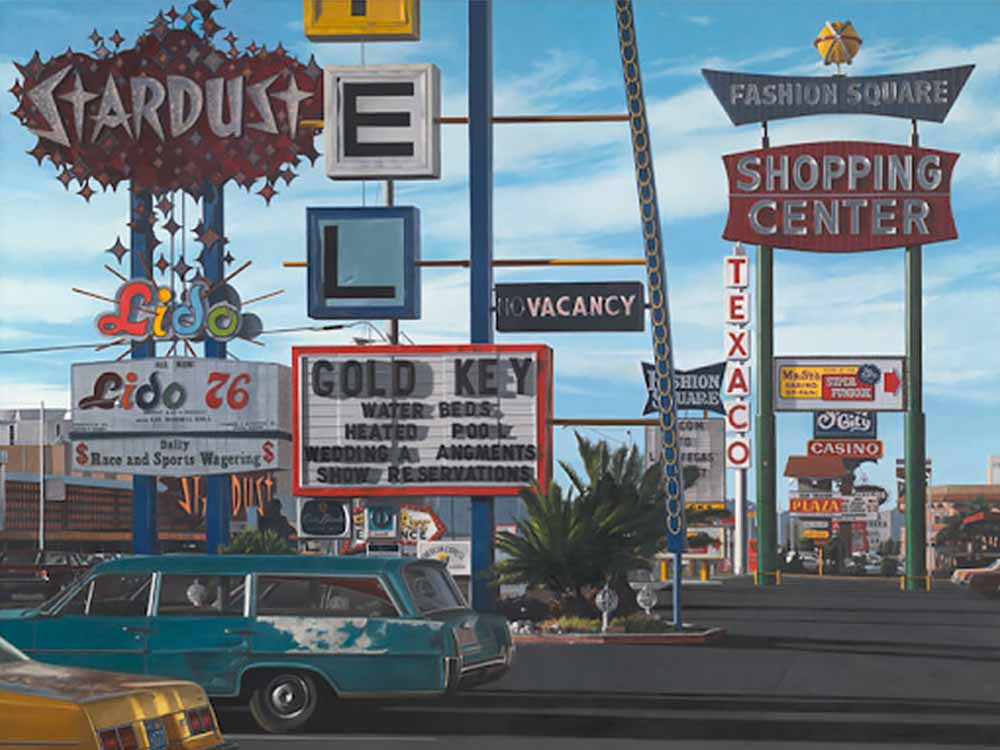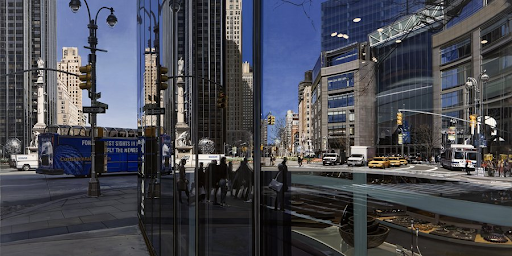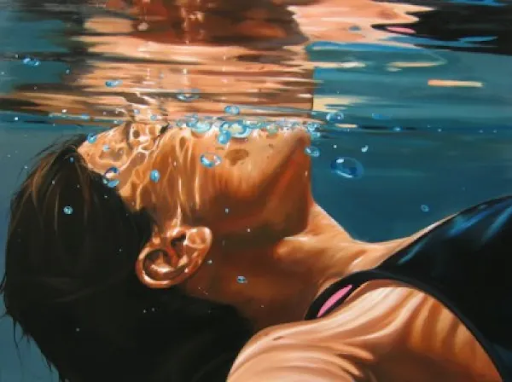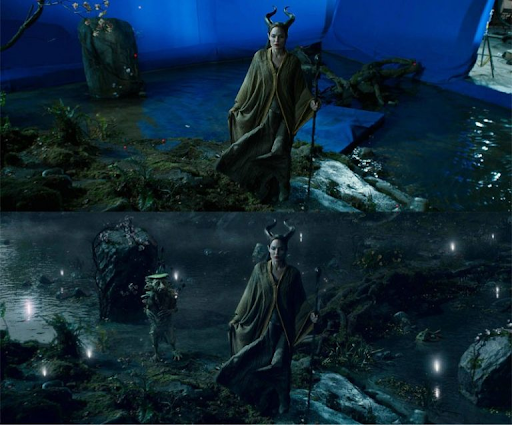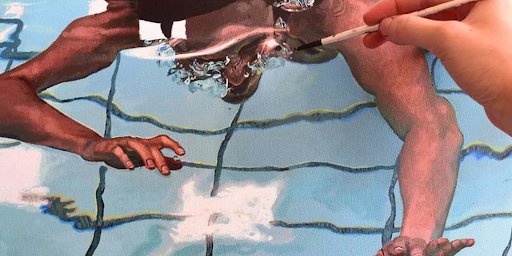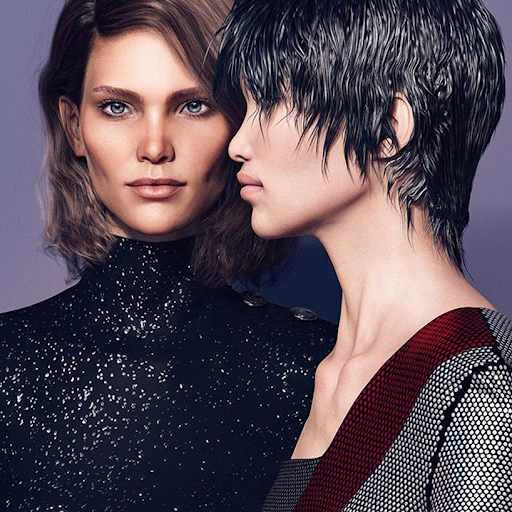Where It Came From
Photorealism — Also known as super realism — is an art movement that gained popularity in the 1960s in response to French Impressionism. Instead of using color, photorealism made use of light and shadow for artists to achieve the appearance of a real photograph. In fact, the idea of photorealist works was for the audience to mistake the work for a photo at first glance. Completely opposite to abstract works of art, photorealists were representational artists that often commented on the banality and simplicity of life using their techniques.
Photorealism came into existence with Malcolm Morley and Richard Estes who were the first two people to explore the idea of replicating photographs to create works of art. Instead of using broad abstractions for art to convey something, photorealists wanted to capture life as it was, along with the meaning that it held.
“Photorealism’s goal is to reproduce a photograph. The best photorealism can’t beat a printer, and I have a really nice printer.”
— Damien Loeb
Impact On Art
The Photorealism movement was taking place at the same time as the Pop Art and Conceptual Art movement. In contrast to those, hyperrealism was what the photorealists valued the most. Instead of focusing on the end goal of a piece of art, Photorealism put emphasis on the process of creating it through careful use of color and brushstrokes. While people commonly associate portraiture with Photorealism, the movement extended far beyond that and attempted to represent the world as it appeared to the human eye. Before the movement, artists would never reveal their dependency on photographs to create their work. Photorealism turned this idea on its head.
“The reason I don’t like realist, photo realist, neorealist, or whatever, is that I am interested in the artificial as I am in the real.”
— Chuck Close
Impact on Culture
The photorealists were the artists of the people. Instead of conforming to the standards of high art, they broke the rules and used photos as references for their work. Taking inspiration from advertisements and commercials, photorealists included everyday objects like cars, shops, and signage in their work. These artists usually projected an existing image onto their canvas and used airbrushing to replicate the glossy finish of a photograph, breaking all the rules of what it meant to be an artist back then.
Photorealism quickly became an influential art movement that celebrated mundanity over everything else as photorealists brought together two mediums that traditional art had always pinned against each other.
Impact on Film
While photorealism is purely a form of traditional art, its principles have been replicated to other mediums that include film. With techniques like Virtual Effects, filmmakers have grown to shoot real-life and fictional scenes with as much life-like detail as possible. While VFX artists have actual examples to work on while recreating everyday objects like animals or cars zooming through race tracks, working on things like alien ships or fire-breathing dragons is a little harder. There are no real-life photos for any of these. VFX artists must develop imagery using their own creative visualization.
“Photorealism says: to fool your eye. That isn’t what I’ve been interested in doing.”
— Damian Loeb
Impact on Pop Culture
Photorealism borrowed a lot of elements from Pop Art, especially with its use of images from pop culture and normal, everyday life. While Pop Art recreated advertisements and postcards, using bright pops of color to provide commentary on the mechanized reproduction of art, Photorealism took an entirely different approach and rejected the elitist abstraction of art. Photorealism connected art to the real world.
This is why people found the photorealist mediums more approachable to work and interact with. It gave rise to a whole new generation of artists such as Richard Estes with his paintings of shop facades, and John Salt’s work on hardware stores and broken down cars.
Photorealism in Fashion
As the gap between reality and the digital world becomes narrower every day, the principles that Photorealism relies on are now embedded into our everyday lives. With techniques like AI making their way into the mainstream, the fashion industry has now started to rely on computer-generated hyper-realistic models to create online shopping experiences that feel just like the real thing. With 3D imagery being used by customers to try on clothes and view them from all angles, — all in a virtual setting — the Fashion industry seems to be getting the most use out of modern photorealistic techniques.
Looking to explore more art genres? Head over to JoeLatimer.com for a multidisciplinary, visually stunning experience. ☮️❤️🎨
Enjoy this blog? Please help spread the word via:


